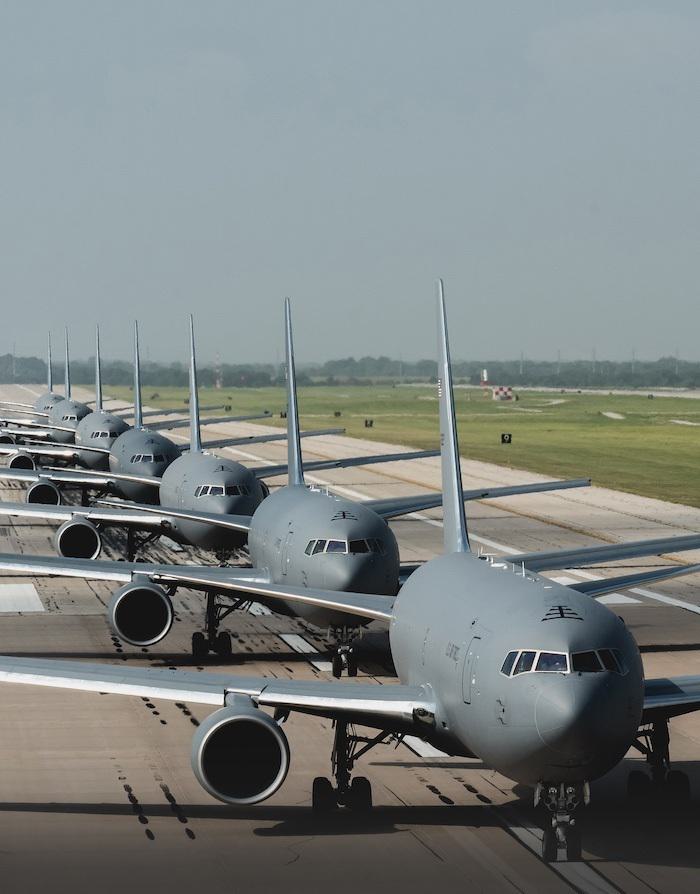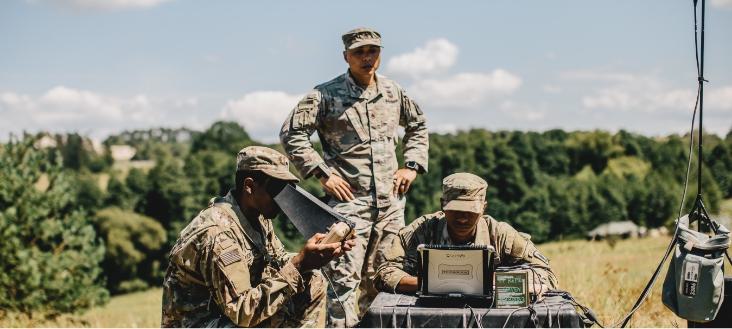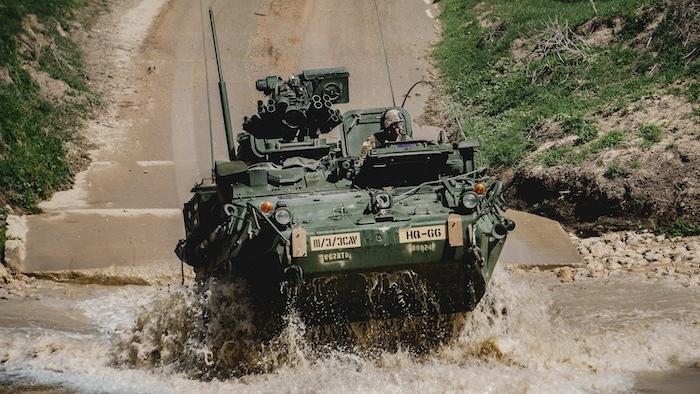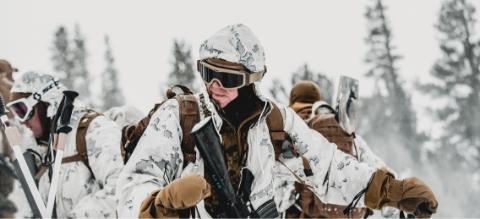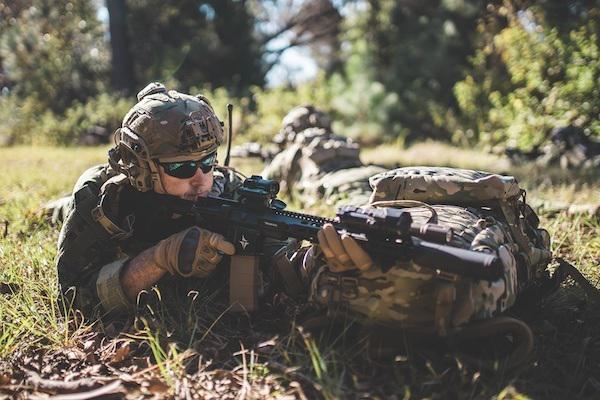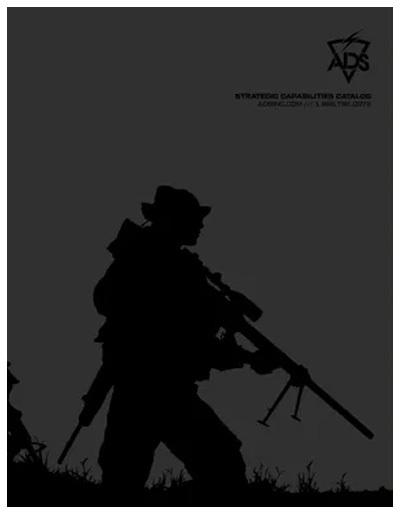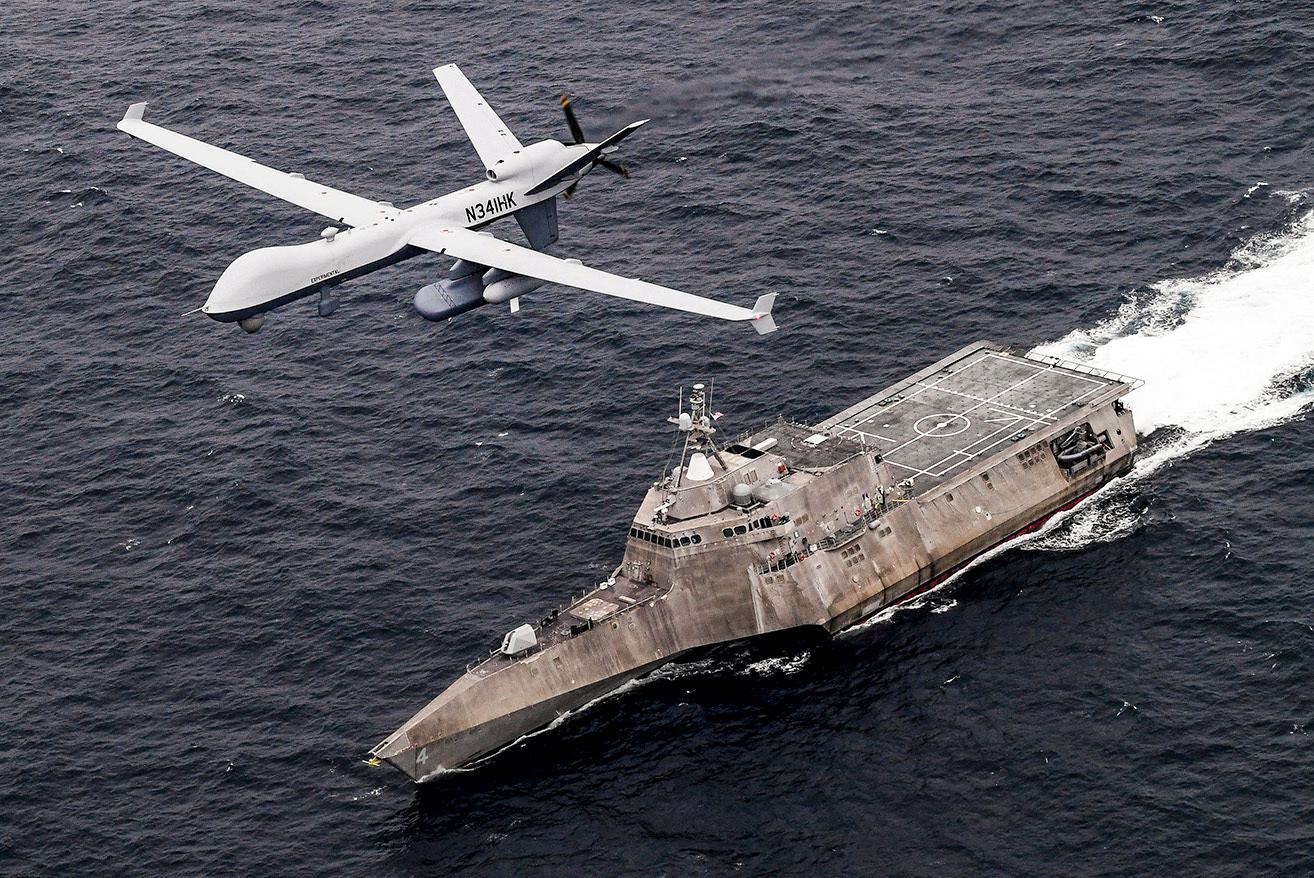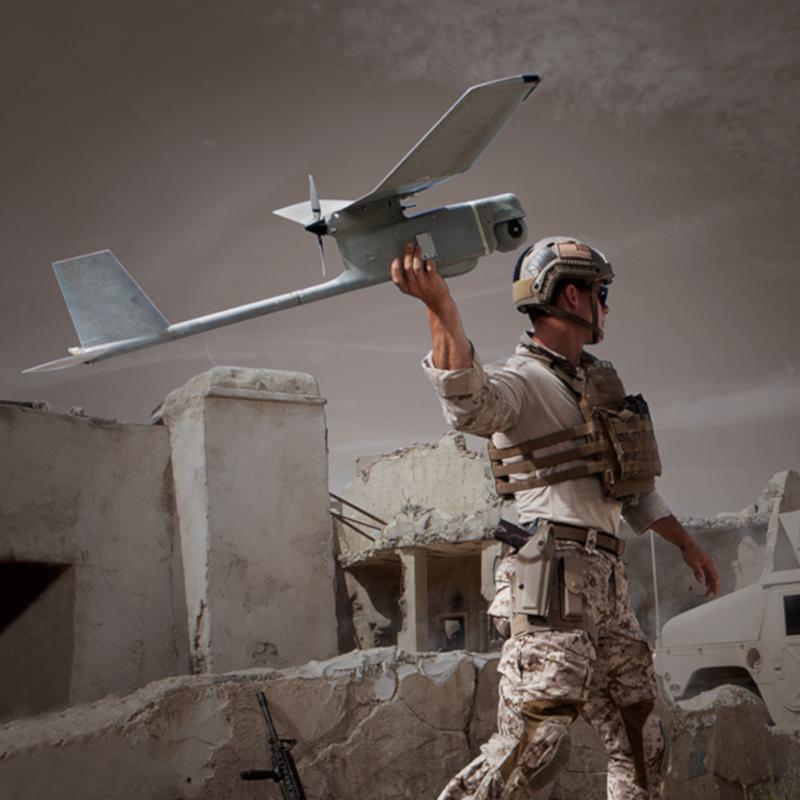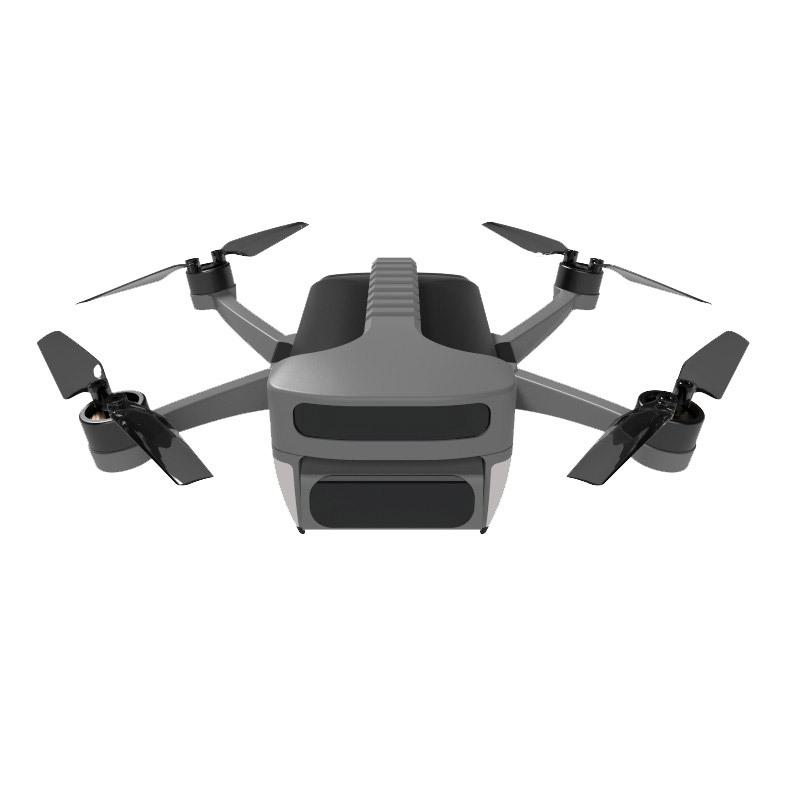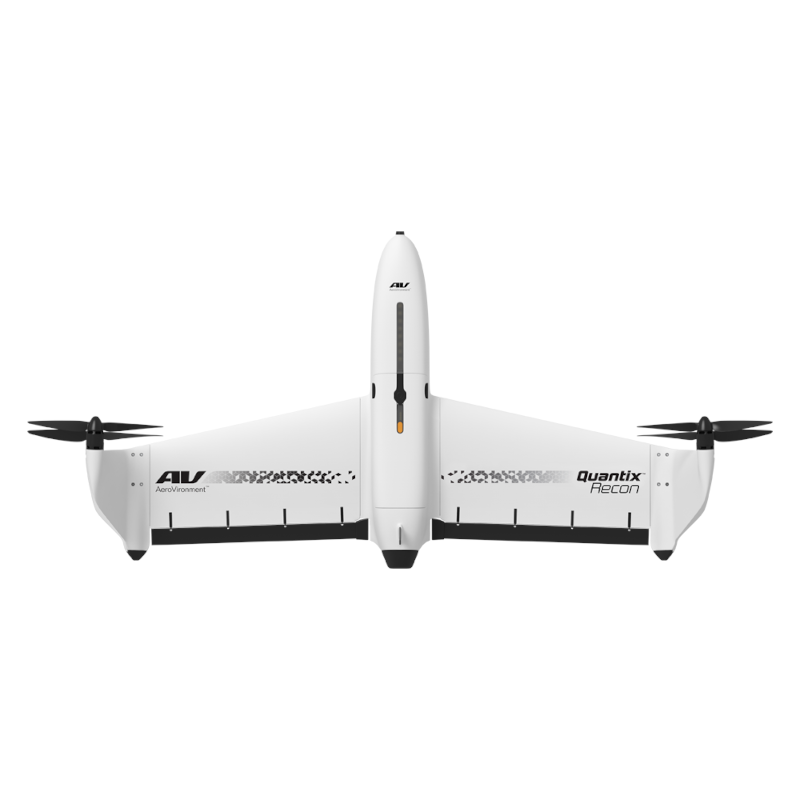An unmanned aircraft system or UAS is an aircraft without a human pilot on board. They can be launched from a ground-based control station and controlled remotely.
This type of aircraft is mainly used for military surveillance and reconnaissance missions. However, they can also be equipped with sensors and used for related purposes like electronic warfare, autonomous surveillance, and communications relays.
UAS are classified based on their use.

